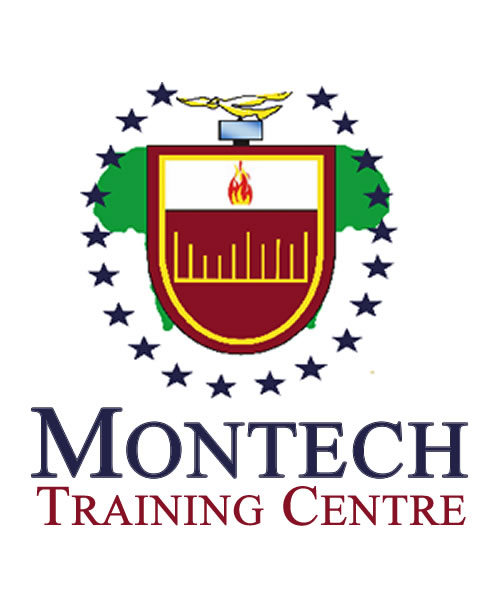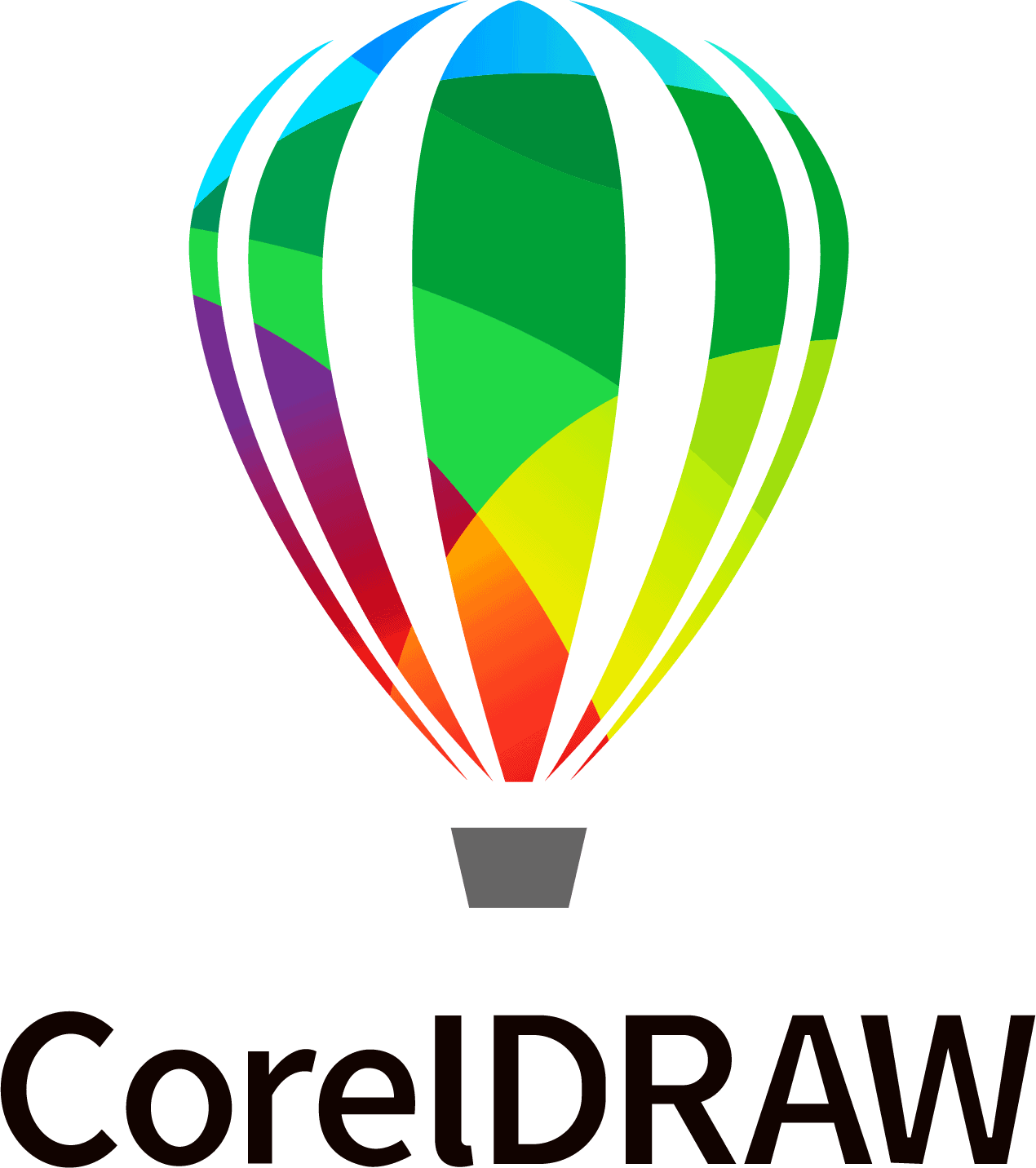
HOME ICT COMPUTERISED ACCOUNTING CAD CODING SAP CONTACT
0722838044
 |
CodingBecome a Web Developer, Software Engineer or Data Scientist with hands-on training. Learn HTML & CSS, JavaScript, React, and Django for web development, and Python, machine learning, and SQL for data science. JavaScript DevelopmentLearn how to build web and mobile apps with JavaScript, one of the most popular coding languages. Create a portfolio of projects and prepare for a career in application development. For nine years running, JavaScript has been ranked the number 1 most used programming language. Once you learn how to use JavaScript and its tools, you’ll be able to create games, animated 2D and 3D graphics, comprehensive database-driven apps, and much more. Learn In-Demand SkillsJavaScript is relatively compact, yet flexible. Developers have written a variety of tools on top of the core JavaScript language, unlocking a vast amount of functionality with minimum effort. These include:
Python CodingPick up Python fundamentals and quickly transition into analyzing real-world datasets. You will learn to how to clean and combine data, as well as generate useful statistics and visualizations. The final sessions will be focused on using linear regression to extrapolate from data and make predictions. Python FundamentalsThe course will start with the fundamentals of Python, including writing basic statements and expressions, creating variables, understanding different data types, working with lists, indexing and slicing lists, using functions and methods, and more. Concepts such as object-oriented programming and IDLE programming are introduced. Once a learning environment has been set up, we will work with different data types such as strings, lists, dictionaries, and tuples. Each data type has its own particular purpose and knowing when to use each one will be essential. Structuring ProgramsThe second part of the course covers conditional statements and control flow tools. This includes the If/Else Statements, Boolean Operations, and different types of loops. These topics create a large portion of the logic in your code and this course will help you master these concepts. Learn to work with dictionaries, create functions, write for loops to iterate through data, and work with packages in Python. Arrays & DataframesThe third part of the course introduces operations and tools for data science. We will learn how to import and clean data using NumPy and Pandas. You’ll learn to work with Pandas dataframes, wrangle data, and get descriptive statistics for your data. Analyzing & Visualizing DataYou’ll learn to analyze and visualize data with key data science libraries including Pandas, NumPy, and Matplotlib. Learn to filter and clean data, group and pivot data, and start generating insights from your data with exploratory data analysis. Then create visualizations including bar charts, histograms, and advanced visualization for easy interpretation and sharing of your data insights. Linear RegressionOnce we know how to clean our data and conduct EDA, the course will cover data science workflows and fundamental statistics. These topics are critical in ensuring that the data you are using to train your models is not biased. You’ll learn how to use statistics to develop machine learning models. Start building models and evaluating them on your way to machine learning. SQLStart with the foundational knowledge of databases and querying, and then move to more advanced querying so you can filter, join, sort, group, sum, and more with a couple of lines of SQL. You'll see the power of SQL and improve your skills and marketability. Why SQL?With SQL you can answer questions using a database, the ultimate system of record for most organizations. As nearly every industry is moving toward being more data-driven, having this skill will give you a larger role in decision-making wherever you work. What You’ll LearnYou’ll be introduced to foundational concepts like tables, data types, and queries. Once you understand the basics of viewing tables, you’ll be introduced to more advanced querying techniques like filtering and aggregating. You will be able to drill down into specific cases or step back and see larger patterns. You’ll also learn how to combine information from different tables using join statements and views. The final day of the course will cover advanced techniques like creating subqueries and using timestamp functions. In this course you’ll use PostgreSQL, an advanced open-source database. The concepts you’ll learn on PostgreSQL will apply equally to other databases such as MySQL and SQL Server, with the minor syntax differences noted during class. WordPressManage Content & Create Custom Themes WordPress is a free and open-source content management system (CMS) that lets you create and manage a website or blog. It’s popular for blogging, but you can build websites that don’t even have a blog. Over 37% of all websites use WordPress (and growing). Learn to create pages, blog posts, and optimize the site for Google in our WordPress: Create a Website or Blog. In WordPress: Build Custom Themes class, you will learn to control the layout and appearance of WordPress sites using themes. This course is designed for people who are already familiar with HTML and CSS. If you already know how to code webpages, you can use WordPress as a content management system (CMS) so website updates are easier and your clients (non-coders) can edit the content themselves! To control the look of the site you create themes, which is the focus of this class. Become a well-rounded web designer and start creating your portfolio. Learn to design webpages and emails, code them with HTML, CSS, and JavaScript, as well as build websites with WordPress. |



Class Timings
Monday – Friday: 07:00AM – 08:00PM
Saturday: 08:00AM – 01:00PM
Sunday: Closed

About Montech
As one of Kenya's leading tertiary education providers, Montech offers a personalised experience enhanced by world-class programs and innovative digital engagement. We lead by creating opportunities to live and work in a connected, evolving world.
Copyright © Montech Training Centre. All rights reserved